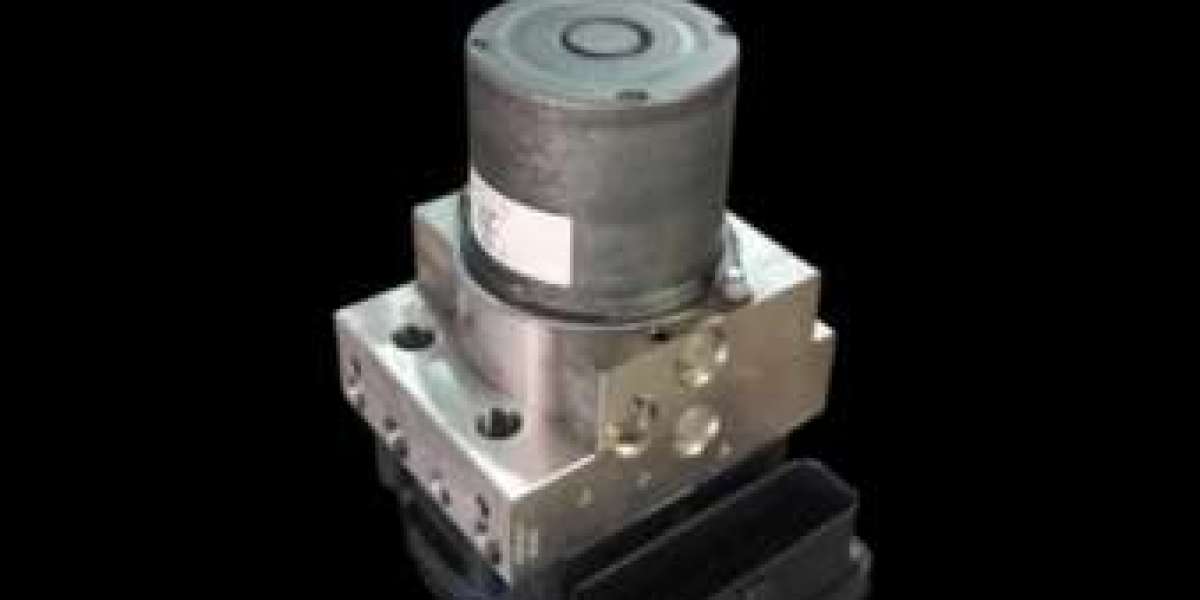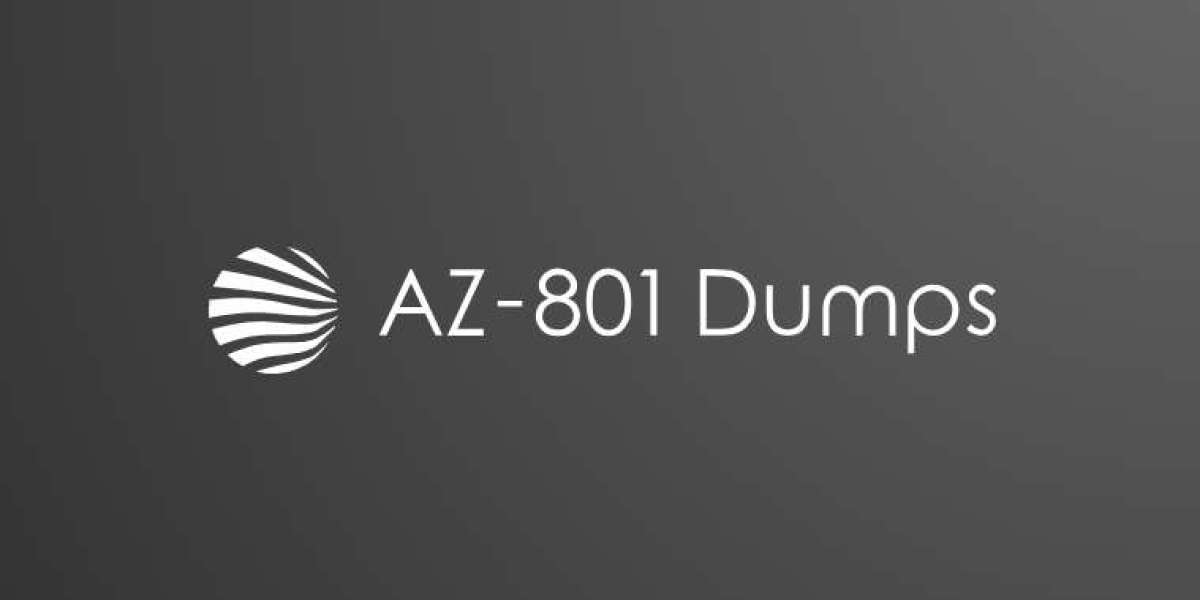Brake System Warning Light: What Every Driver Should Know
Your vehicle’s dashboard serves as its primary communication tool, offering visual alerts whenever something requires attention. Among these alerts, the brake system warning light is one of the most serious. Unlike minor notifications, this light often signals a potential failure in your braking system—something no driver should ever ignore.
Understanding what this warning light means, what causes it, and how to respond can help you stay safe and avoid costly repairs.
What Is the Brake System Warning Light?
The brake system warning light typically appears as a red circle with an exclamation point or the word “BRAKE.” It may light up when you start your vehicle but should turn off shortly after. If it stays on or turns on while driving, it’s a clear sign that something needs immediate attention.
In most vehicles, this light relates to the conventional braking system, not the Anti-lock Braking System (ABS), which usually has a separate warning light.
Main Reasons the Brake System Warning Light Comes On
- Parking Brake Not Fully Released
The simplest and most common reason for this light is a partially engaged parking brake. Even a slight engagement can trigger the sensor. Make sure the parking brake is fully disengaged before driving. - Low Brake Fluid Level
Brake fluid is essential for the hydraulic pressure needed to operate your brakes. When the fluid level drops too low, the system loses pressure, and the warning light turns on. Possible causes include:
- Worn brake pads (which cause fluid to displace)
- Leaking brake lines
- Air in the brake fluid reservoir
- Worn Brake Pads or Shoes
Some vehicles have sensors that detect when brake pads or shoes are nearing the end of their lifespan. When the friction material wears thin, the system may activate the brake warning light to alert you. - Brake System Leak
A leak in the braking system—whether in the lines, master cylinder, or calipers—can cause fluid loss, pressure reduction, and system failure. Leaks are a serious issue and should be addressed immediately. - Faulty Brake Master Cylinder
The master cylinder controls the flow of brake fluid. If it fails or begins to malfunction, your brake system may become unresponsive or unpredictable, triggering the warning light. - Electrical or Sensor Issues
Sometimes, the issue is electrical. A bad brake fluid sensor, damaged wiring, or a faulty brake light switch can result in a false warning. Even if the braking performance feels normal, these electronic faults need diagnosis and repair. - ABS-Related Problems
Though ABS usually has a separate warning indicator, a major fault in the ABS system can sometimes cause the general brake warning light to appear, especially in older vehicles where systems are interconnected.
How to Respond to the Brake Warning Light
Step 1: Check the Parking Brake
Ensure the parking brake is completely released. If the light turns off afterward, you can continue driving—but still check other areas if the light returns.
Step 2: Inspect Brake Fluid
With the engine off and cool, pop the hood and locate the brake fluid reservoir. If the level is below the “MIN” line, you can top it up with the recommended fluid. However, a drop in fluid usually means something is wrong elsewhere.
Step 3: Test Brake Function
While parked, press the brake pedal gently. If it feels soft, spongy, or sinks to the floor, do not drive the vehicle. This may indicate air in the lines, fluid loss, or a failing master cylinder.
Step 4: Check for Brake Performance Issues
If the brakes feel weak, make grinding noises, or require more effort than usual, there could be a problem with the pads, rotors, or calipers.
Step 5: Get a Professional Inspection
Even if everything seems normal, don’t ignore the warning light. A trained technician can run a complete diagnostic check to pinpoint the exact issue and perform any necessary repairs.
Is It Safe to Drive With the Brake System Warning Light On?
This depends entirely on the cause. If the parking brake is the culprit, you may be able to drive safely after releasing it. However, if the issue involves low fluid, worn components, or a hydraulic problem, driving can be dangerous.
In general, if the brake warning light stays on while driving, the safest course of action is to stop, assess the situation, and get the vehicle to a mechanic—preferably by tow, not by driving.
Preventing Brake System Issues
While some causes of the warning light are unavoidable, many are preventable with regular maintenance and awareness.
- Check brake fluid monthly, especially before long trips.
- Replace brake pads and shoes before they wear too thin.
- Flush brake fluid every 2–3 years to prevent contamination.
- Listen for sounds like squealing, grinding, or scraping while braking.
- Get professional inspections annually or as recommended by your vehicle manufacturer.
Final Thoughts
The brake system warning light is one of the most critical indicators on your dashboard. When it illuminates, it’s your vehicle’s way of saying something in the braking system needs attention—now, not later.
Whether the issue is minor or serious, taking it seriously is always the best choice. Your braking system is your car’s most important safety feature, and the warning light is your first line of defense against failure.



